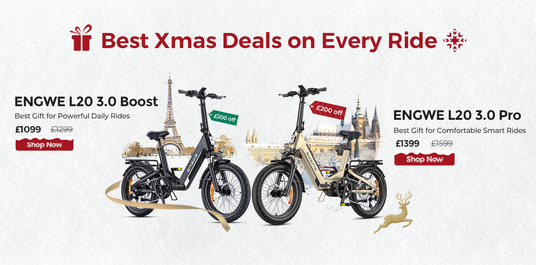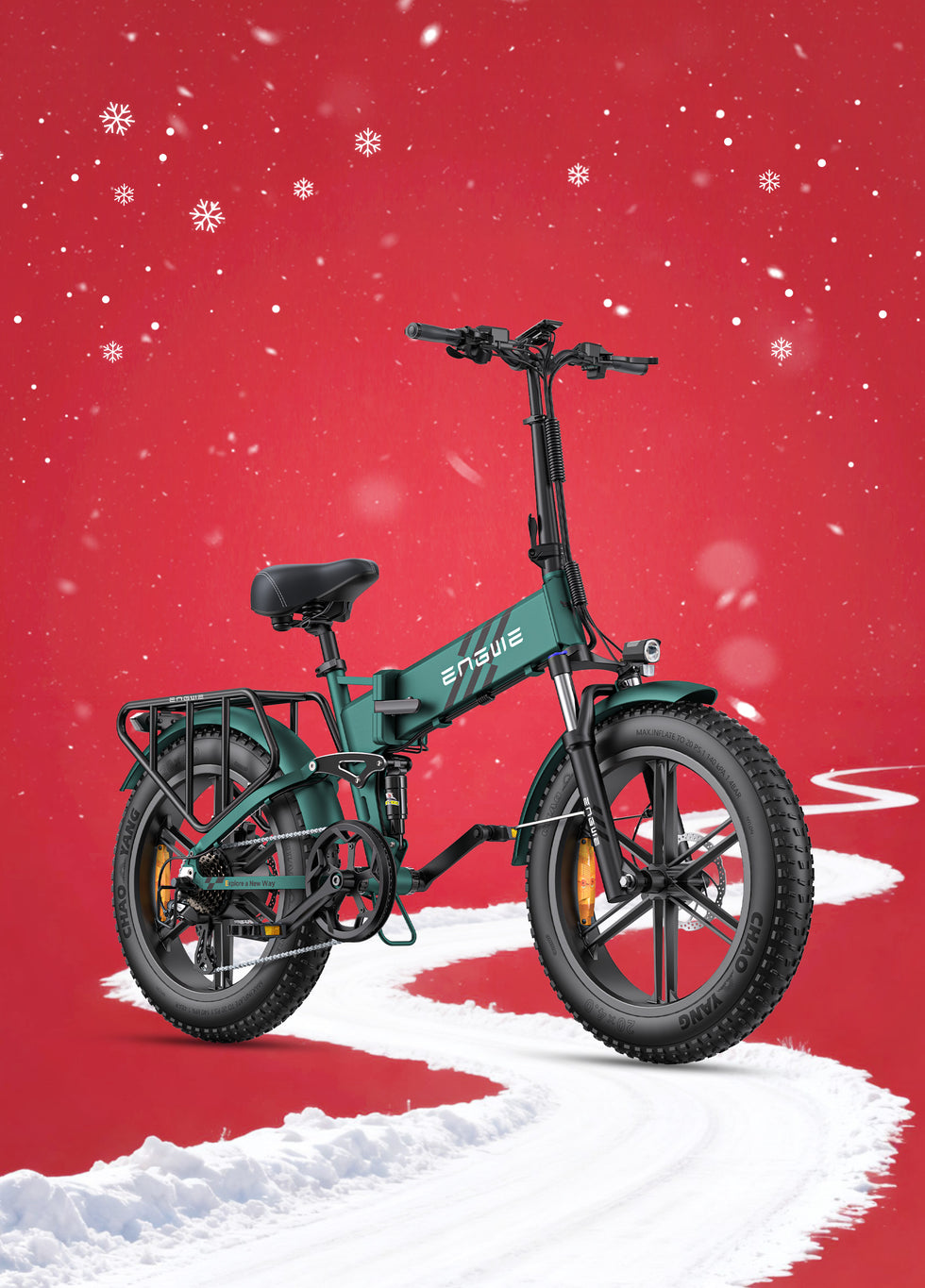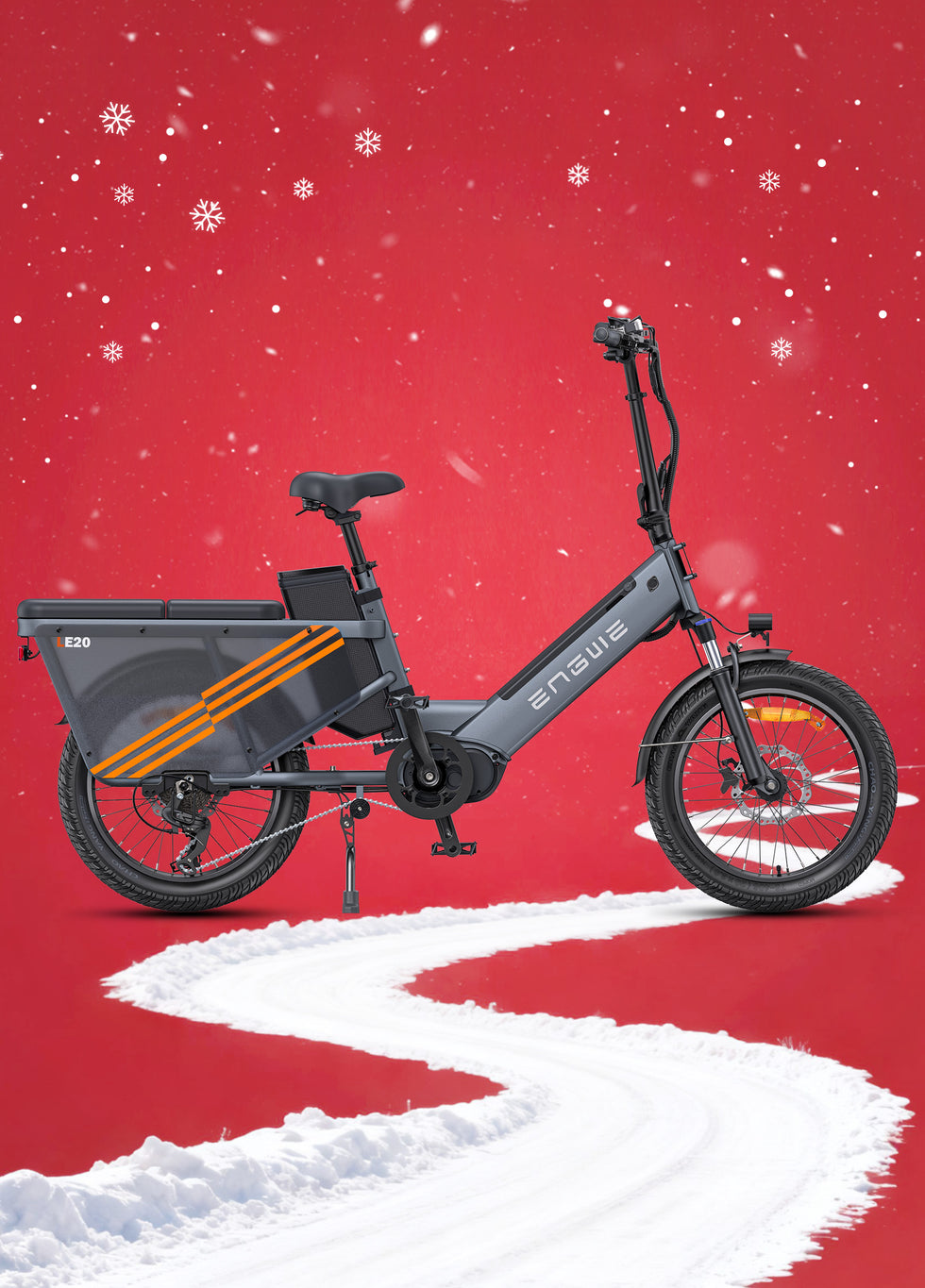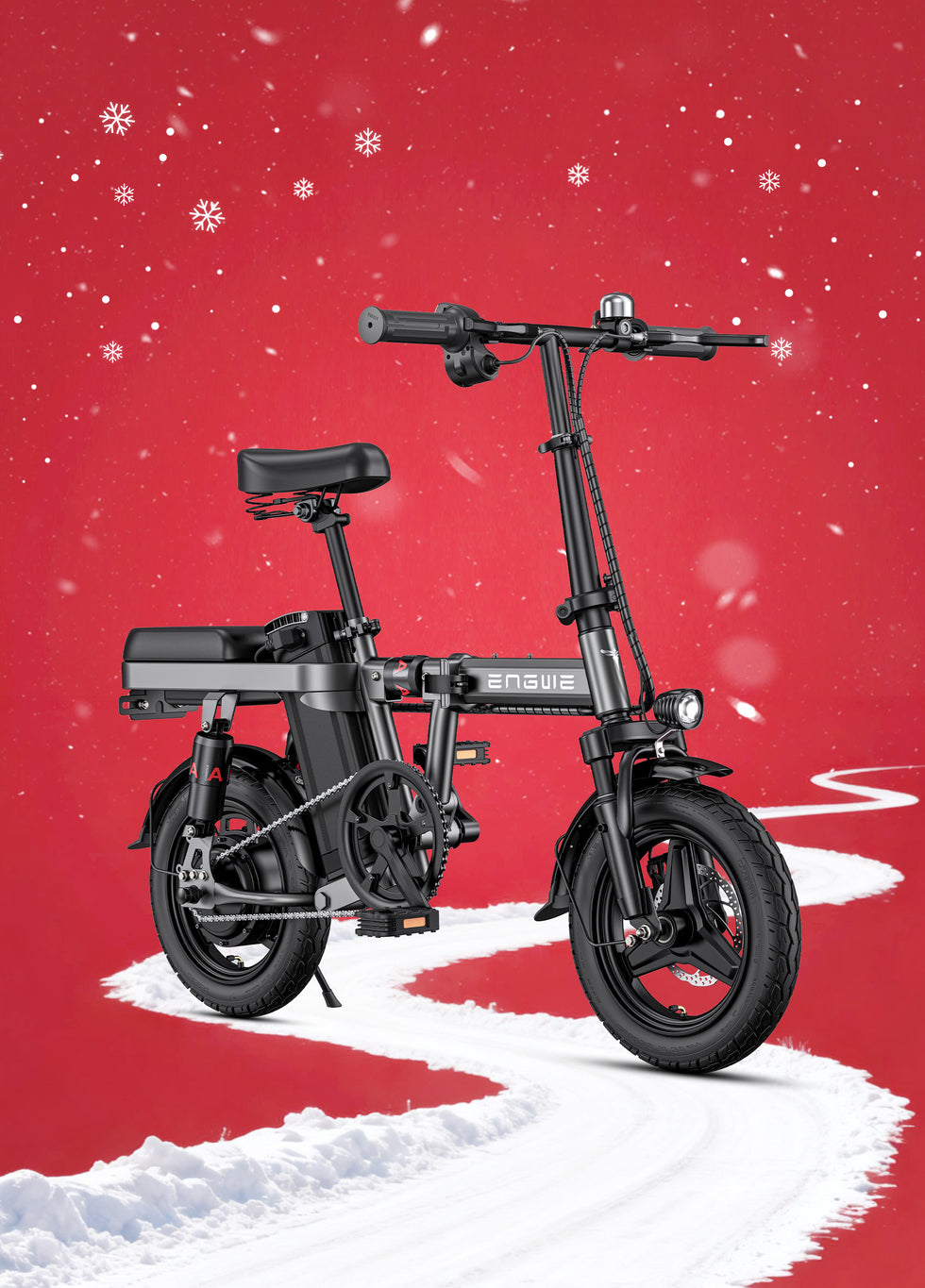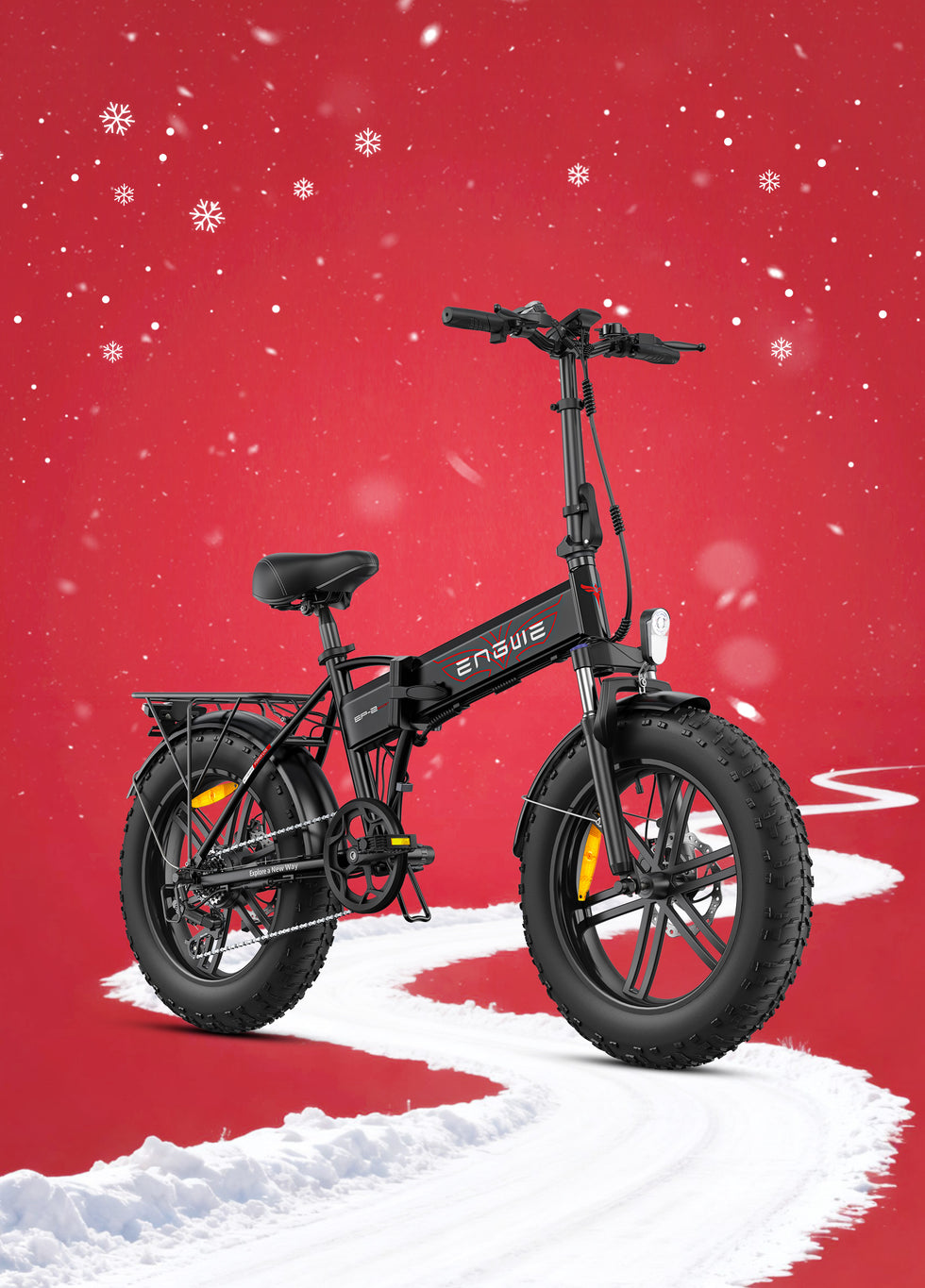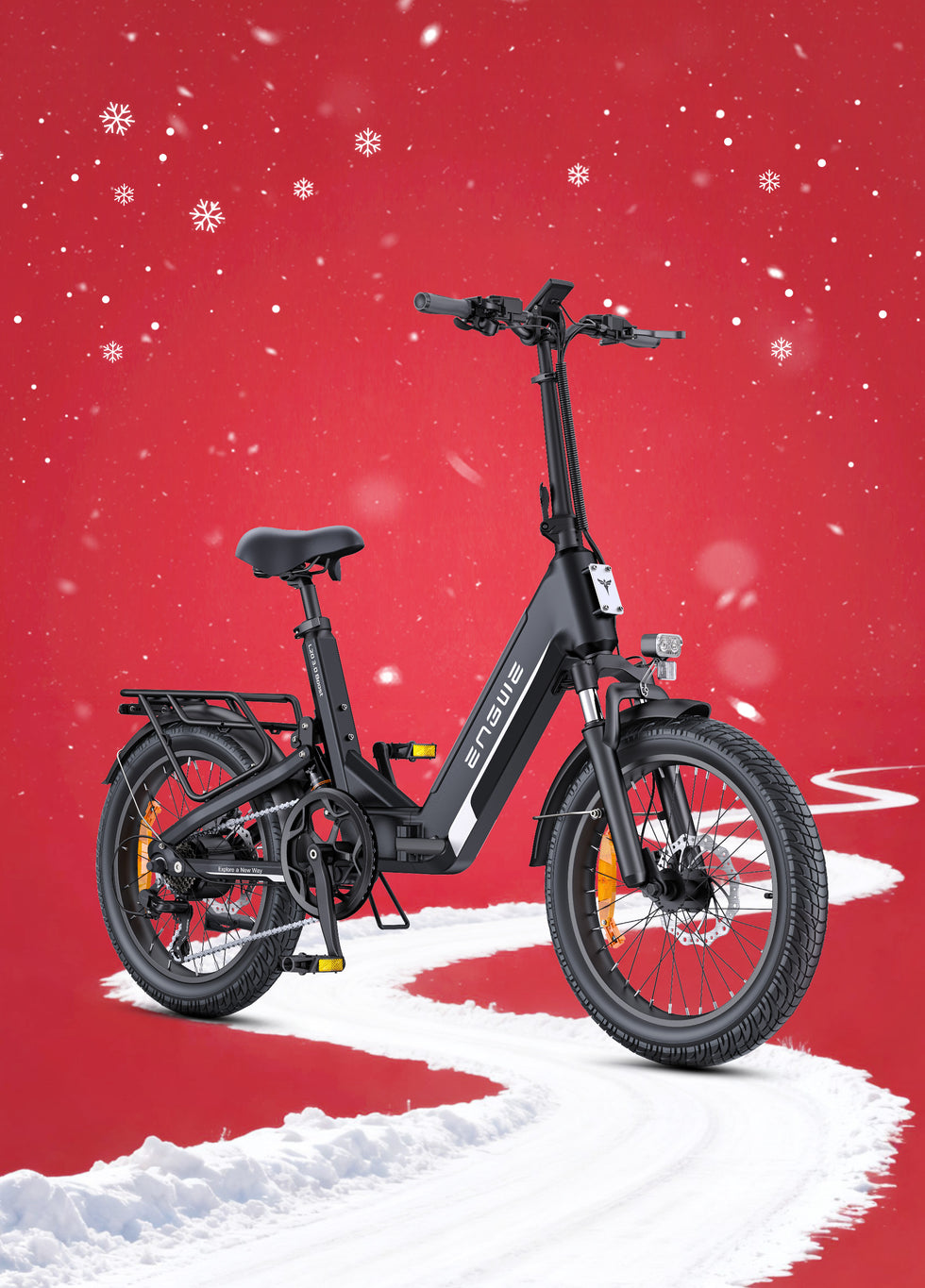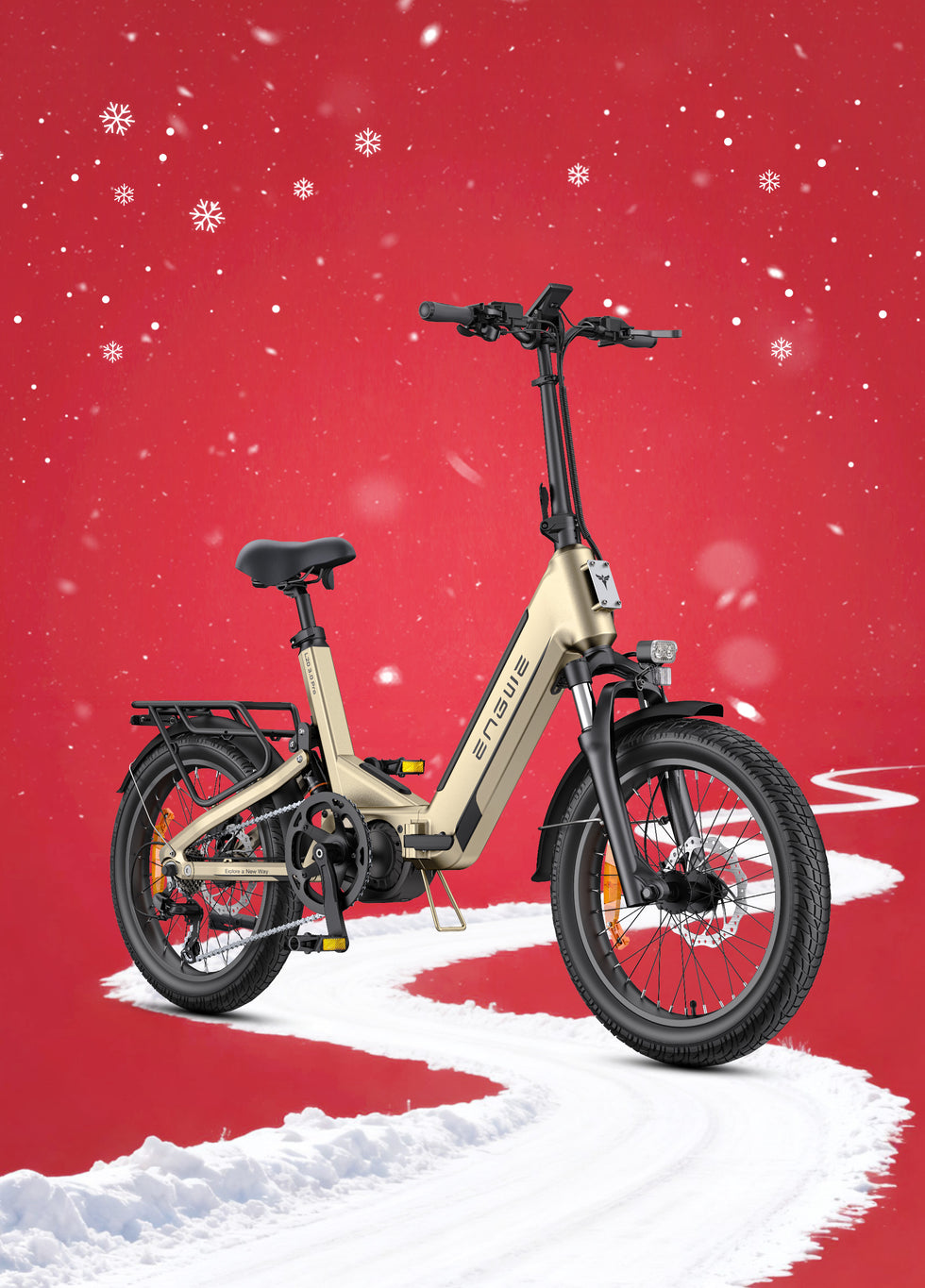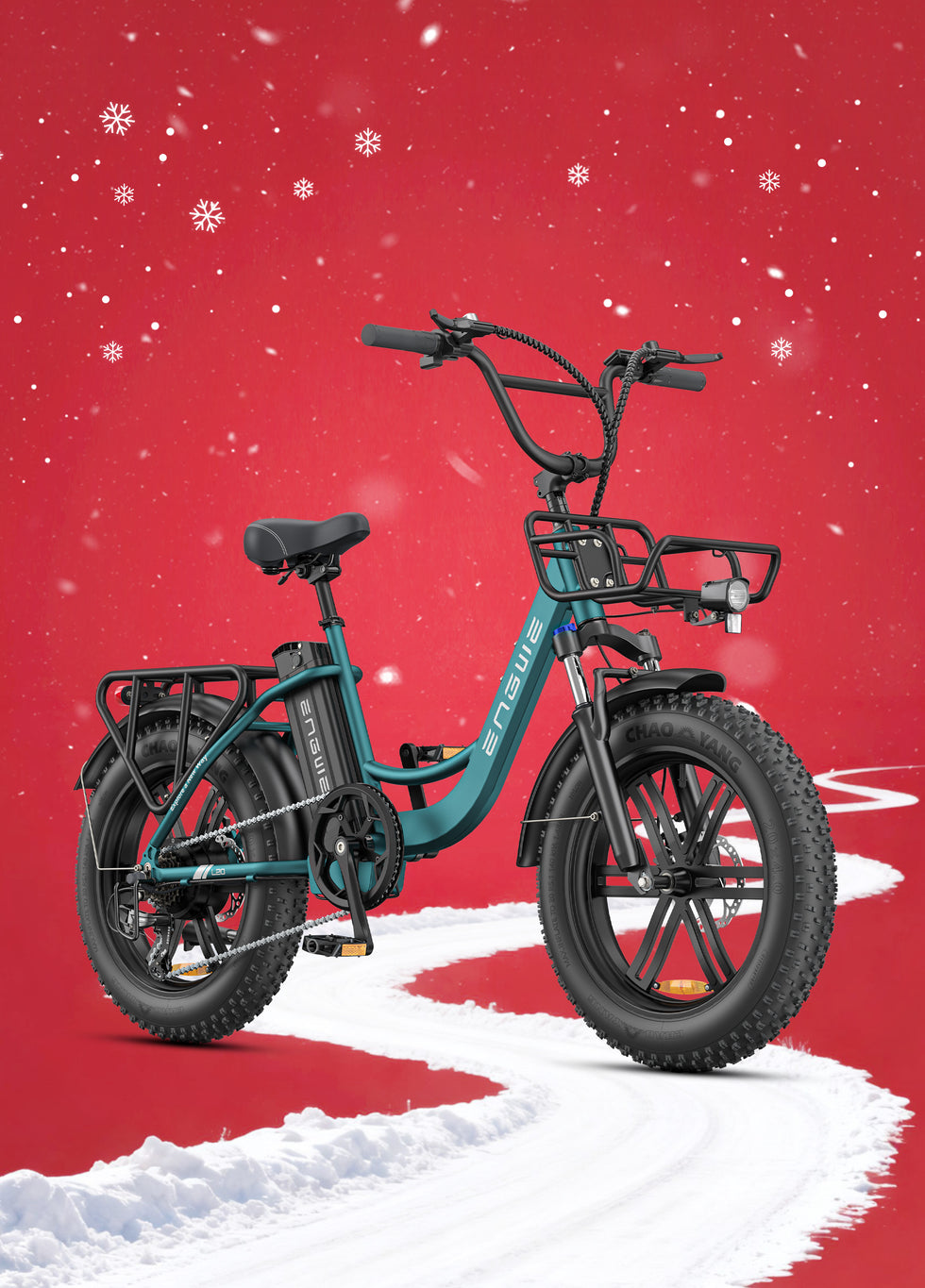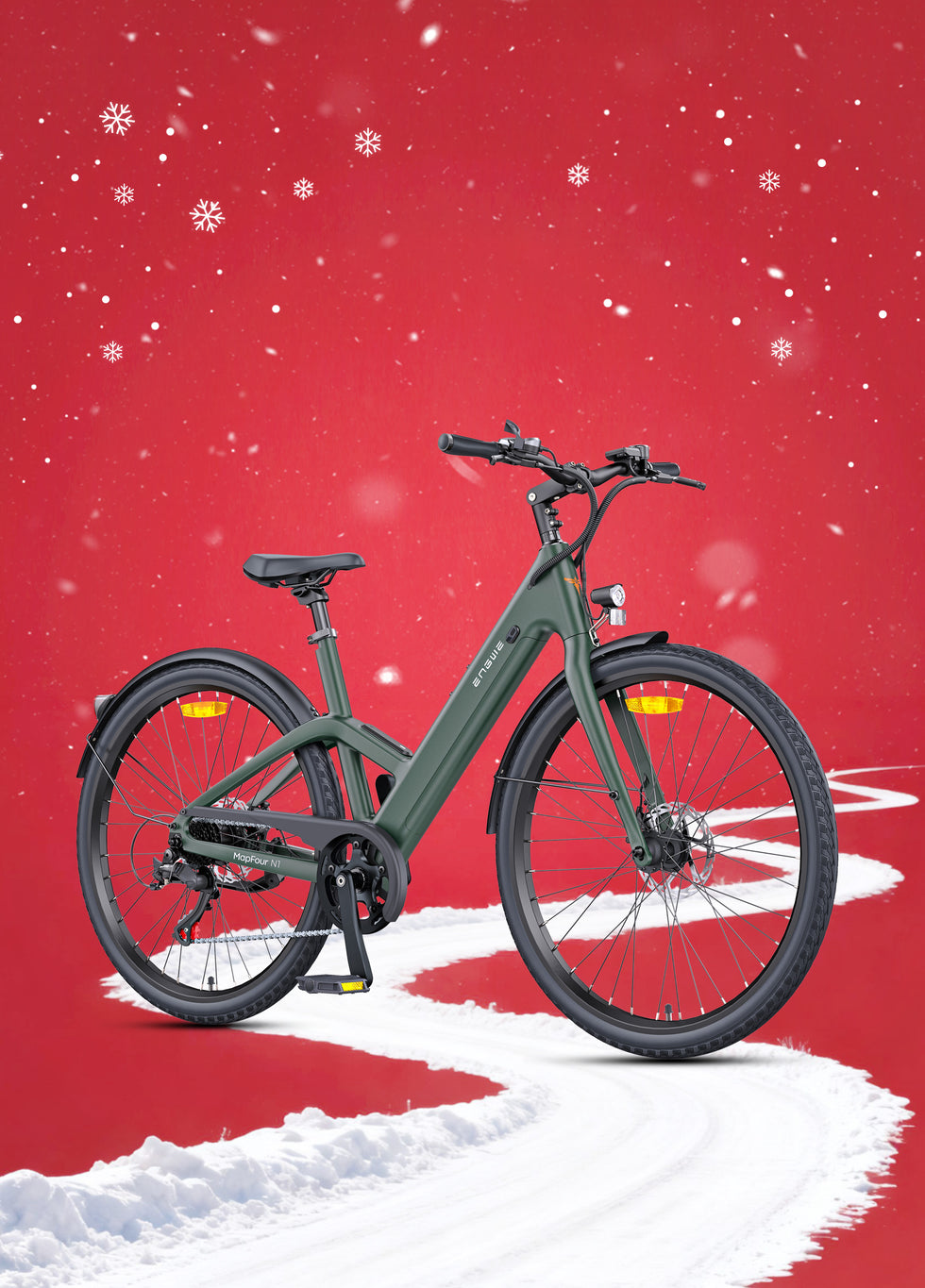If you are new to the e-bike world, you may be feeling a touch of Twister with all the new lingo being thrown your way. Hub motor, torque sensor, battery capacity, and right in the middle of it all, the ominous 'mid-drive'. It is frequently discussed reverently, as if it were the secret sauce of the killer ride. But what, beyond the terminology, is a mid-drive e-bike—and, just as importantly, what does it feel like to ride one? As a man who has spent countless hours on every kind of electric bike, I’m here to take you behind the spec sheet and explain why those numbers matter so much for the experience of being in the saddle.
What is a mid-drive electric bike?
Imagine the engine of a car. You would expect it to be at the heart of the vehicle, directly driving the wheels through a gearbox. The mid-drive electric bike motor operates on this very same principle. The motor, rather than being housed in the front or rear wheel hub, sits in the centre of the bike's frame, where your pedals and cranks would be. This small motor provides direct drive to the drivetrain—the very same system you power with your own legs, that is—the chain and rear gears. That difference is the one and only key factor that defines its commitment and performance, separating it from the hub-driven competition while changing how the bike feels and rides at its very core.
The Mid-Drive Riding Experience and Its Benefits
The Riding Experience: Feel Matters More Than Specs
When first riding a proper mid-drive e-bike, it’s a feeling of intuition, not improvement. It did not feel like a bicycle with a motor screwed onto it; it felt as if I had acquired the legs of a professional cyclist. Power is linear and everywhere. As I applied more pressure to the pedals, the motor efficiently helped propel me harder. When I let up, the motor likewise let up. This is because mid-drive systems employ sophisticated torque sensors that calculate your pedalling effort so the motor can complement it. The payoff is a ride that feels entirely organic, simply a more extreme version of your own effort. It’s not the feeling of being pushed by brute force; it’s about being gently assisted, as if the bike were one with your own body. The effect is most evident when attacking a steep, twisty hill. The bike doesn’t just blast you forward; it provides the exact amount of power needed to maintain momentum and control, taking the fight out of the climb and letting you focus on your line and actually enjoy the climb, not just fight it.
The Primary Benefits of a Mid-motor System
This uplift is only the beginning. There are a wealth of ancillary benefits to this centred motor placement, a cascade of them that can make a world of difference to performance riding. First of all, the balance and the handling are great. With the motor’s weight concentrated as low and as close to the centre of the bike as possible, an undiluted centre of gravity is achieved. This makes it feel really stable and planted, whether you’re on a busy city street or a technical off-road trail. You don’t feel like you’re steering something leaden; it’s more like manoeuvring a responsive, agile bicycle.
Second, mid-drive systems are extremely strong climbers. Since the motor drives the drivetrain directly, it can take advantage of the bike’s existing gears. When you drop the bike into a lower gear to climb an incline, you're not just giving your legs an easier time of it; you're putting the motor into an efficient power band. This is akin to a car gearing down to go up a hill: that second gear is not much slower than the first gear, but it saves wear and tear on the engine and allows it to work smarter, not just harder. That translates into conquering hills that would be impossible on a bike without help from electric power, and doing so with picture-perfect battery drain—much less than many hub motor systems.
And day-to-day maintenance might be a lot easier. Have a puncture or need to change the tyre? On a mid-drive, the front and back wheels are entirely standard. They can be unhooked just as on a conventional bicycle, with no motors or wires to stress over. It's a small detail, but it is a massive convenience when you are stranded miles away from home with a flat tyre.

Drawbacks, Alternatives, and Comparisons
Are There Any Negatives?
As with everything, there are trade-offs, and the mid-drive is no exception. For most people, the cost is the chief concern. This high-quality manufacturing and integrated construction brings the price of mid-drive e-bike models to a typically higher range than the majority of hub-drive e-bike models. Also, since the drivetrain is put under stress by both you and the motor—and everything has to go through the chain, cassette, and chainrings—these components may also wear more quickly and require more maintenance and replacement than on a regular bike or a hub-drive e-bike. This is a fairly typical maintenance expense, but worth noting in the years to come.
Looking At Other Options: Enter The 'Smart' Hub Motor
While mid-drives are the gold standard for a number of applications, there is more than one way to skin a cat, and great ride experiences come in a variety of configurations. Great strides in hub motor technology have led to the development of a new generation of electric bicycle that is far sleeker, smoother, and more intuitive than the pimply teenagers’ money-makers of a decade ago. One such brand that stands out for this innovation is ENGWE. The EP-2 Boost is their best effort yet and is a lesson in how to make a high-performance ride with just brains, and not just brawn. A 250W brushless motor generates 250W of power at its core, but it’s in the advanced torque sensor technology where the magic happens. That gives the EP-2 Boost the feel of the natural, responsive assistance that makes mid-drives so sought after, the power delivery very much following your pedalling effort. It is further propounded by a hero Boost button offering an instantaneous 55Nm of torque directly to your wheels when you need it most to tackle the toughest of uphill battles. With a smooth, yet powerful ride, thanks to the perfect blend of fat tyres (20x4.0), a long-range 120km battery, and powerful 180mm disc brakes, it can get you across any terrain. And as you would expect from a foldable electric bike, the ENGWE EP-2 Boost has peerless practicality for storage and portability, proving that a well-designed hub motor system can provide a luxurious ride that feels natural and enormous at the same time.

Who Should Buy a Mid-Drive and What to Look For
Who Should Opt For a Mid-Drive E-bike?
So, who is the perfect candidate for a mid-drive electric bike? If you are an enthusiast on a mountain bike and want the best torque, balance, and technical efficiency, you probably will want a mid-drive. The same is true for tourers and commuters going long distances, navigating lots of hills, and who want a range, efficiency, and ride quality that only a mid-drive system can provide, with the investment paying off ride after ride. And it is for the rider who wants the electric bike to be more than just transportation, but a high-performance machine for sport and adventure. For riders seeking power and efficiency they can afford, while having the option to easily switch back to a traditional bike when desired, sophisticated hub-drive systems are emerging as a credible option for those who may not have previously thought of them, thanks to models like the ENGWE EP-2 Boost.
What to Look for In a Mid-Drive E-bike: Key Features
If you have concluded that a mid-drive is for you, here’s a quick rundown of what to think about when shopping. Consider the motor’s torque specification in Newton-metres (Nm). The larger the number, the better you will be able to climb; somewhere between 50Nm and 90Nm is typical. Also, consider the battery integration. A lot of new mid-drive designs are being built around bikes with downtubes that are flush and integrated with the battery to look sleek and protect it. Most importantly, you can’t beat a test ride. The only way to truly understand the feeling is to try these different systems, if possible, before you buy.
If you want to choose the perfect ride for your needs, the first step would be to understand the technology behind your electric bike.

Frequently Asked Questions
1. What is a mid-drive and a hub-drive motor, and what’s the real difference between them in layman's terms?
The most basic difference is where each generates and provides its power. The hub-drive motor is positioned in the hub of one of the two wheels and basically "pushes" or "pulls" the bike forward. The other option is a mid-drive motor, which is mounted in the frame of the bike and attaches directly to the drivetrain. This enables the mid-drive motor to take advantage of the bicycle’s gears, which is more efficient (especially when climbing hills) and results in better overall weight balance and a more natural-feeling ride.
2. Does a mid-drive e-bike require more maintenance?
Not necessarily harder, but the maintenance trade-offs are different. The good news is that you need never worry about motors in the wheels: a wheel change is much easier. But as the power delivery is via the drivetrain (chain, cassette, chainrings), there’s added stress on these parts beyond that of a hub-drive bike. This means you will need to maintain and lubricate the chain more regularly, and you will simply need to replace these components more often to ensure your bike runs smoothly.
3. Why are most mid-drive e-bikes more expensive?
The cost is higher for a few reasons. The motors themselves are more mechanically complicated, and many include a gear reduction system to convert the high-speed motor rotation output into a low-speed, high-torque crank rotation. Moreover, the bike frame must be tailor-made and built to accept the mounted motor (a different manufacturing process than for a hub motor). This integration and the superior technology provide the higher cost.
4. Can I have a throttle on a mid-drive e-bike?
Not in most of the UK and EU. Rules for road-legal e-bikes (EAPCs) state the motor can only power the cycle when a person is pedalling. The concept of pedal-assist is integral to mid-drive systems. There may be some off-road or non-compliant models out there with throttles, but the overwhelming majority of mid-drive e-bikes you will encounter from reputable brands are pedal-assist only, in order to comply with the law. Hub motors are more prevalent on bikes with the option of a throttle.
5. How much Nm is sufficient in a mid-drive motor?
It all depends on how you use it. If you are using it mostly for getting around town, for slight inclines, and just for enjoying the day, 40-60Nm is more than enough, and you will be blown away with how it feels. If you are a heavier rider, if you live in a hilly area, or if you're into serious off-road mountain biking, a motor with a higher torque (usually 70-90 Nm) is what you need, as it gives you better acceleration and climbing power.
